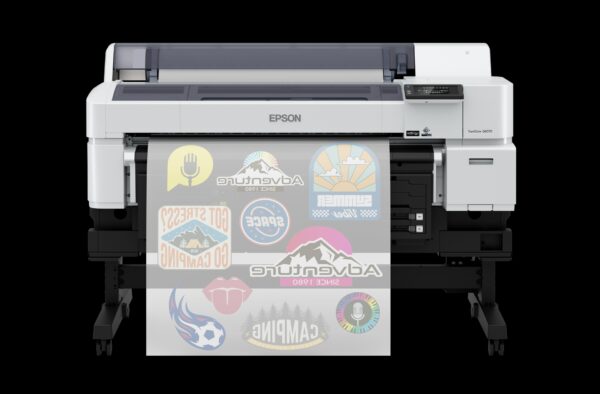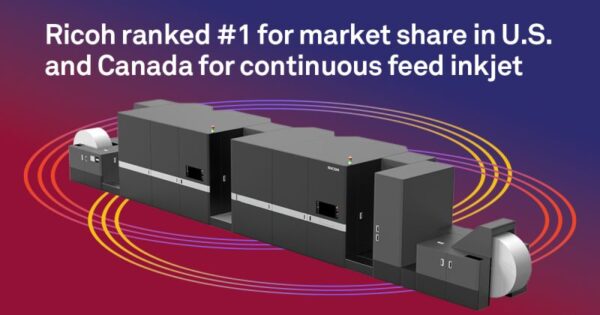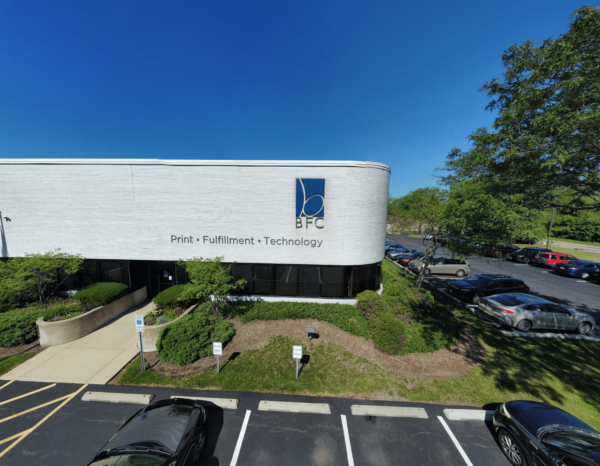Print is shifting. Shift with it or be left behind.
We’ve come a long way since 1500 BCE. That’s how far, approximately, the “Epic of Gilgamesh” dates back, and that’s where scientists and researchers set the starting point of written literature. One of the remaining clay tablets can be admired at the Iraq Museum in Baghdad. Fast-forward a few centuries, we can stumble upon Bible rolls, and going forward a few more centuries, we can find some of the most beautiful handwritten books anyone can imagine (e.g., The Book of Kells in the Trinity College library in Dublin, Ireland). But who could possibly afford—never mind read—those books?
Let’s jump to 1452 and Johannes Gutenberg. He made possible what seemed impossible until then. Individual letters, so-called movable types, were put together as needed to print what was needed when needed. With considerably less money than you would have to cough up for a hand-copied book, the upper class could now purchase books for religious studies and pleasure. One of the first books published in the new way was a collection of stories based on the Trojan Wars: “The Recuyell of the Historeyes of Troy.” Gutenberg’s invention spread like wildfire and paved the way for print for everyone, from the bible to newspapers, to leaflets, and we all know what is possible today.
Why Democratization?
Reading was a privilege back in the day: one, because not everyone knew how to read, and two, not everyone could afford to read, as in buying a book. Since 1452, books have become increasingly widespread as production became more accessible and cheaper. Leaving education, globalization, etc., aside, since we entered the age of offset, digital offset, and, in particular, digital printing, there are no limits as to who and where a book finds its new home.
Print and The Book of One
With the latest high-speed inkjet printers, we have entered the era of the book of one. Some organizations have gone so far as the booklet of one. More on that later.
And I hear you; isn’t she the one talking all about digitization—e-books and e-readers? Yes, she is. However, she also listens to the scientists who have discovered/confirmed that reading, particularly studying with paper-based books, leaves a much better imprint in your brain than everything digital. And, as we have learned the hard way during COVID-19, not everyone is equipped with the latest technology or has access to sufficient internet to live the digital studying life successfully.
And, yes, with a large number of students, we don’t need the book of one concept. On the other hand, with updates to books/curricula, small school districts, and specialized schools, it is easier and cheaper to do small print runs of what is actually needed.
What’s In It for Me?
That’s the literal million-dollar question. There’s a lot in it for you! You can be the best partner for any type of educational institution anyone can think of. You know printing inside out already. Suppose your background is in managed print services. All you have to do is add light production printing and matching software solutions to your portfolio.
All OEMs offer a wide range of production printers these days, starting at around 100 ppm and going up to, well, let’s not go there for now.
There will be a learning curve to master, both from a technical end and a sales approach. But why would you not go after additional business with existing customers or open up new opportunities? If we’ve learned one lesson over the past five years, print isn’t going anywhere; it is shifting. You have to shift with it or be left behind.
Why Software?
We all know production print, unlike office printing, is more demanding. You can send specific file formats to a production printer; however, you want to ensure your customers get their ROI, as in speed back from this rather expensive equipment. File optimization software, in most cases, PDF optimization may be required. In other instances, your customers may want to think about document imposition and de-imposition, which is crucial to books and brochures of one. These applications are a segue into personalized output/archives, opening up access to the full potential of production printers. But that is food for another column.
If you have been to the PRINTING United Expo recently, remember what you saw. We’ll continue to explore more production print opportunities soon enough!





